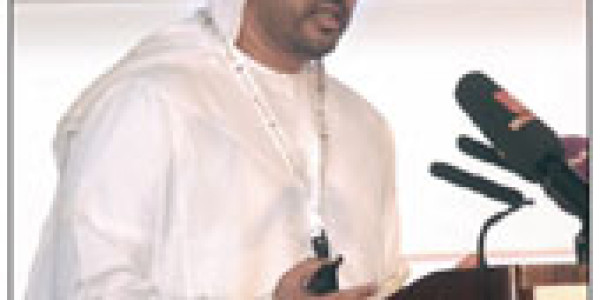Pedestrian deaths account for 29% of road fatalities Olivia Olarte-Ulherr / 23 May 2013 Pedestrian deaths account for 29 per cent of all road traffic fatalities in Abu Dhabi, 22 per cent of which occurred in the centre of the Capital especially during rush hours. Pedestrian deaths account for 29% of road fatalities Pedestrian deaths account for 29 per cent of all road traffic fatalities in Abu Dhabi, 22 per cent of which occurred in the centre of the Capital especially during rush hours. Ibrahim Al Hamoudi, Transport Planning manager at the Urban Planning Council (UPC) said that traffic crashes are costing Abu Dhabi Dh2.5 billion yearly and an estimated Dh14 billion per year to support those injured and disabled by these accidents. “If we look at the repercussions such as hospitalisation and treatment, this number will be higher,” Al Hamoudi said. With 2.6 million population estimated by 2030, the plan is to decrease the losses, both socially and economically. Speaking at the Abu Dhabi Road Safety Forum 2013 on Tuesday, Al Hamoudi discussed the Urban Street Design Manual (USDM) of the emirate and how this would reduce traffic deaths and injuries. The 2030 plans include a design for more walkable and livable streets and improving safety for all road users, particularly the ‘most vulnerable users’. Design priorities are pedestrians, transit users, cyclists and motor vehicles. The USDM safer design aim to reduce vehicle speed by narrowing street lane width, making junctions more compact including tighter radii, introducing a revised design for right turn lanes and traffic calming features. According to the USDM, the corner radii should be maximum 5.0m to 7.5m, which should control vehicle speed when turning to not go over 15km/h. Al Hamoudi cited the new Zayed Street (Salam Road), which has been designed according with the USDM standards. He noted that the percentage of pedestrian deaths in this area has decreased significantly. “Implementation of USDM standards would reduce the probability of pedestrian fatalities to five per cent,” Al Hamoudi said. All right turn lanes of Abu Dhabi roads are currently being assessed. Reduction in casualty Bader Al Qamzi, director of integrated planning from the Department of Transport noted that traffic deaths in the emirate went down from 400 in 2009 to 261 in 2012; a 21 per cent drop from 334 in 2011. Serious injuries also went down to 171 in 2012 from 486 in 2009. According to him, the emirate’s 2021 road safety strategy targets to reduce fatalities to 16 per 100,000 population but “we went beyond that target.” In 2011, fatality rate went down to 15.9 per 100,000 population in 2011 and 11.5 in 2012. “We have to revise our goal. Our next goal is nine fatalities per 100,000 population by 2021,” Al Qamzi said. Steady reduction of casualty numbers in the emirate since 2010 has led to reductions in overall costs of road traffic accidents and Dh520 million cumulative earnings. olivia@khaleejtimes.com Taylor Scott International
Pedestrian deaths account for 29% of road fatalities

This entry was posted in Investment, investments, News, Taylor Scott International, TSI and tagged investments. Bookmark the permalink.







